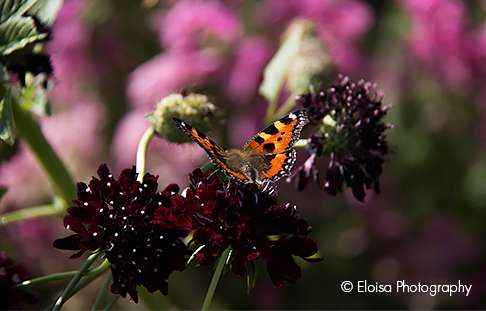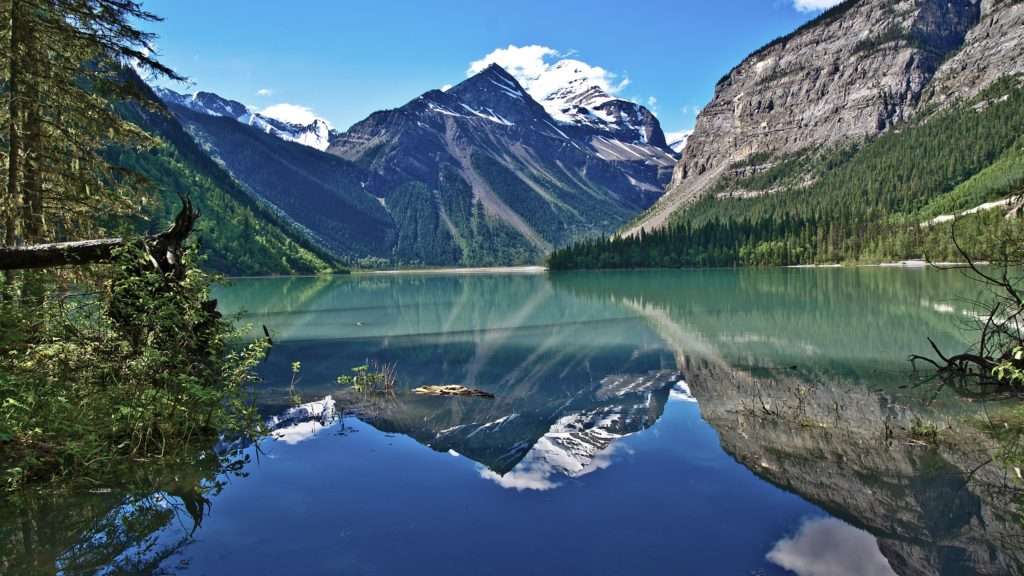Our planet, the cradle of life and the only home we’ve ever known, is teetering on the brink. The relentless hand of human activity has left its mark on a staggering two-thirds of our oceans and a shocking three-quarters of our landmasses. The consequences are dire, with ecosystems fraying at the edges and the very fabric of life unraveling.

The rate of extinction is a stark indicator of this unfolding crisis. Species are disappearing at an alarming pace, with estimates suggesting a mind-numbing one million could vanish by the year 2050. This translates to a loss of biodiversity unlike anything witnessed in the last 10 million years – a timeframe encompassing countless natural disasters and evolutionary shifts. The speed of this decline is truly unprecedented, potentially hundreds of times faster than the historical average. This rapid erosion of life on Earth doesn’t exist in a vacuum. Insurer Swiss Re paints a chilling picture, suggesting that one-fifth of all nations could face complete ecosystem collapse. The destruction of wildlife and their habitats – the very resources that underpin the complex web of life on which we depend – could trigger a domino effect, leading to cascading environmental and societal failures.
The Fragile Web of Life: The Importance of Biodiversity
Our planet can only continue to sustain us if we actively protect its biodiversity: the intricate and interconnected web of plant and animal life that forms the foundation of our world. Every single life form, regardless of size, plays a crucial role in the grand tapestry of life. As Sir David Attenborough eloquently stated, “Every breath of air we take, every mouthful of food that we take, comes from the natural world. And if we damage the natural world, we damage ourselves.”
These “ecosystem services” – like the pollination of crops or the preservation of water quality – are not only vital to our survival but also power the global economy. According to the World Economic Forum, these services contribute to more than half of global GDP, amounting to a staggering figure of up to $44 trillion.
The Ripple Effect: How Environmental Damage Threatens Us All
The costs associated with our broken relationship with nature are mounting every day. The ongoing destruction of the planet’s biodiversity not only accelerates climate change but also makes us even more vulnerable to its effects. This vulnerability arises because the very ecosystems – such as vast forests – that provide habitats for countless species also act as vital carbon sinks, absorbing the greenhouse gases we emit. Climate change, in turn, further harms biodiversity, creating a vicious cycle where these two challenges become two sides of the same coin.
To make matters even worse, damage to our ecosystems poses a direct threat to human health. This threat manifests in several ways, including the diminishing of essential resources such as clean water, food, and medicine. Furthermore, compromised ecosystems can even threaten our access to oxygen, the very gas we need to breathe. By encroaching on wild habitats and disrupting the natural balance, we also increase the risk of new diseases jumping from animals to humans, as we have recently witnessed with COVID-19.
A Turning Point: The UN Convention on Biodiversity (COP-15)
Therefore, it’s clear that humanity can only survive, let alone prosper, if our world remains rich in biodiversity. A critical moment to address these challenges is approaching. From October 11th, world leaders will gather online for the first part of the UN Convention on Biodiversity, also known as COP-15, which will be held in Kunming, China. This event represents a unique opportunity to raise the bar for ambition and commitment when it comes to protecting nature. What is urgently needed is a global rescue plan: a bold roadmap for protecting biodiversity, with clear and measurable goals for the next decade that all countries can support and finance. These goals must not only transform our environment, but also our societies and economies, if COP-15 is to be the turning point our planet needs for a sustainable future.
China’s Role as a Leader in Conservation
In a bid to combat global environmental challenges, the United Nations has set an ambitious goal. As part of a global agreement, they’re urging countries to safeguard at least 30 percent of their land and ocean territories by the year 2030. This initiative, known as the “30 by 30” target, represents a significant step towards protecting biodiversity and ensuring the health of our planet’s ecosystems.
China’s role in this effort is particularly noteworthy. As the host nation for the UN convention that led to the 30 by 30 target, China finds itself in a unique position. This leadership role presents a golden opportunity for China to champion these goals and set a high standard for the rest of the world to follow. Their actions on conservation can significantly influence the success of this global initiative. By demonstrably achieving ambitious conservation goals within its own borders, China can inspire and motivate other countries to step up their own efforts.
The United Nations Development Programme (UNDP): A Committed Partner
The United Nations Development Programme (UNDP) is well-positioned to support such efforts. As one of the leading multilateral partners working to protect biodiversity globally, UNDP is committed to finding sustainable ways for humanity to co-exist with nature. Working alongside key partners like the Adaptation Fund, the Global Environment Facility, and the Green Climate Fund, UNDP currently supports a US$3.2 billion portfolio across 138 countries that is specifically invested in ecosystem management and biodiversity conservation efforts.
UNDP’s Achievements in China
In China, UNDP has effectively collaborated with more than 10 ministries – including the Ministry of Ecology and Environment, along with most provincial governments – on safeguarding biodiversity for over two decades. This long-term partnership has yielded significant progress. By implementing new mapping techniques and stricter enforcement measures, China has expanded its fully protected terrestrial areas to a staggering 2.4 million square kilometers. This impressive area represents roughly a quarter of its GDP, highlighting the nation’s growing commitment to environmental protection. The economic significance of these protected areas underscores a crucial point: conservation and economic development are not mutually exclusive. These protected areas serve as vital sanctuaries for countless species, safeguarding biodiversity and the essential ecological services it provides. From clean water filtration to natural pest control, these services underpin the well-being of human societies. The success of this collaboration between UNDP and China offers a valuable blueprint for other nations grappling with similar environmental challenges. It demonstrates the power of international cooperation and strategic investment in achieving ambitious conservation goals.
